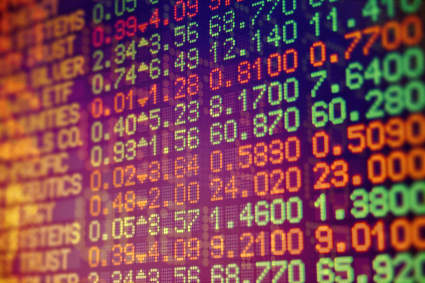Book to Market Mean Difference = Current Book to Market Ratio – 10 year average Book to Market Ratio.
It tells you how a company is currently valued in terms of Book to Market (BM) compared to its average BM over the past 10 years.
Why you should use Book to Market
Book to Market is the inverse of the Price to book ratio. Thus a high BM ratio means a company is undervalued.
You can read more about why we recommend that you use Book to Market and not Price to Book when screening in this article: Why use book to market and not price to book?
For example:
Here is an example of how to use the ratio.
Assume the current Book to Market value of a company is 0.3 and its 10 year average Book to Market Ratio is 1.2.
Its Book to Market Mean Difference = 0.9 – 1.2 = -0.3
This means that the company currently has a lower BM ratio (is more expensive) compared to its average BM value over the past 10 years.
Thus the higher BM Mean Difference the more undervalued the company is compared to the past.
How to use the ratio
Available as a screening ratio: Yes
Available as an output column ratio: Yes (Look for it under the Valuation heading)
How to find the highest Book to Market Mean Difference companies
To find companies most Book to Market undervalued compared to the past 10 years set the slider from 0% to 10%.
Click here to start using Book to Market Mean difference your portfolio NOW!

